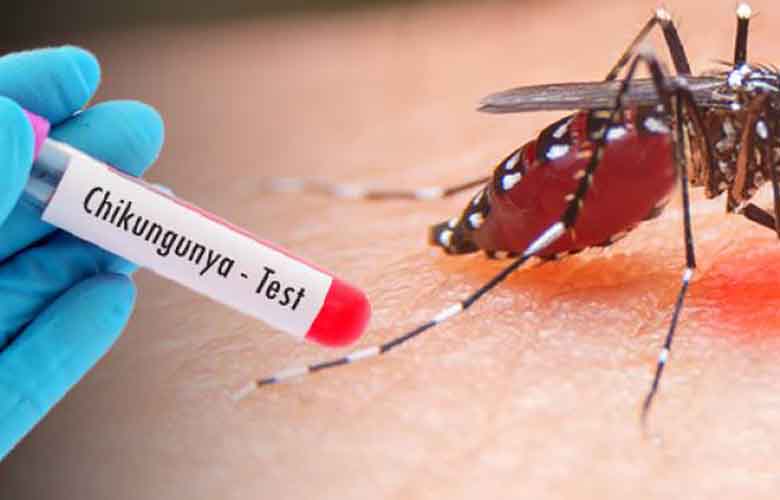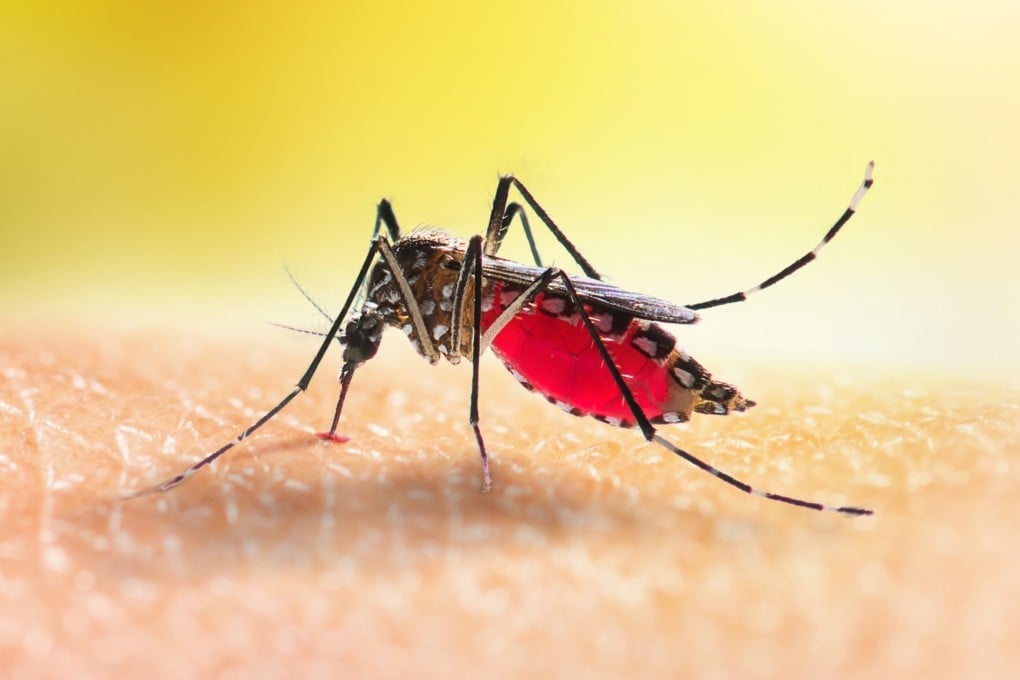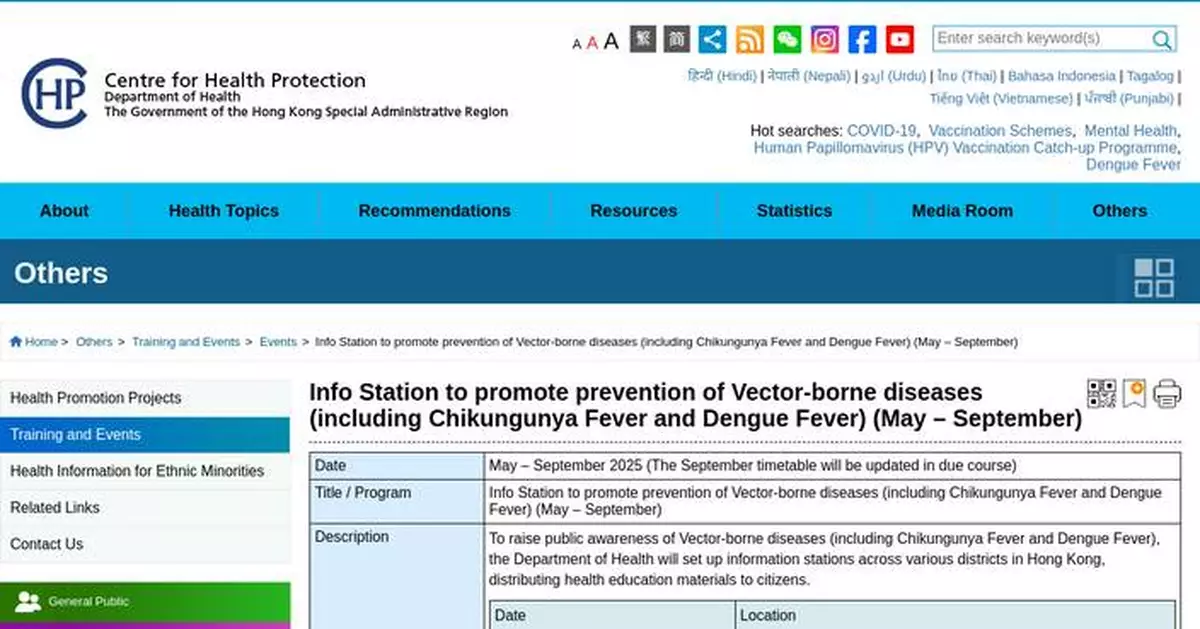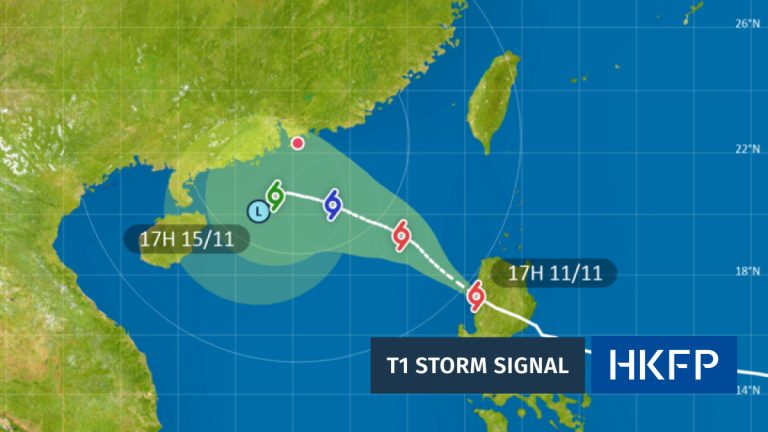Hong Kong’s Health Landscape: Understanding the Latest Chikungunya Cases
Recent health reports from Hong Kong’s Centre for Health Protection (CHP) highlight two new imported cases of chikungunya, shedding light on the ongoing challenges of managing infectious diseases in a globally connected world. The cases, involving a father and daughter from Le Prestige in LOHAS Park, offer a compelling glimpse into how international travel can inadvertently introduce viral threats to local communities.

The story begins with a 50-year-old man and his 8-year-old daughter who traveled to Dhaka, Bangladesh, between July 20 and August 10. Their journey would ultimately become a critical case study in viral transmission and public health monitoring. The father first experienced symptoms while in Bangladesh, developing fever and joint pain on August 1. Seeking medical attention, he visited an outpatient clinic on August 3 and subsequently received confirmation of chikungunya through blood tests.
Upon returning to Hong Kong on August 10, the father’s fever had subsided. However, persistent joint swelling prompted a visit to a private hospital on August 12. Health authorities carefully assessed his condition, confirming that he was no longer capable of transmitting the virus to mosquitoes upon entering Hong Kong—a crucial detail in preventing potential local spread.
The daughter’s medical journey followed shortly after. On August 12, she developed her own set of symptoms, including fever, cough, and fatigue. The following day, she was admitted to a private hospital and placed in a carefully controlled, mosquito-free environment. Medical professionals reported that she remains in stable condition, closely monitored to ensure her complete recovery.

These two cases are not isolated incidents but part of a broader pattern. They represent the eighth imported chikungunya case in Hong Kong this year, underscoring the importance of vigilant health monitoring and international travel precautions. Chikungunya, a mosquito-borne viral disease, typically causes fever and severe joint pain, making it a significant public health concern.
The incident highlights several critical aspects of modern infectious disease management. First, it demonstrates the rapid global mobility that can quickly transport viruses across continents. Second, it showcases the sophisticated tracking and response mechanisms employed by health authorities like the CHP, who meticulously document and contain potential viral threats.
For residents and travelers, these cases serve as a reminder of the importance of health awareness during international travel. Simple precautions like understanding local health risks, maintaining personal hygiene, and seeking prompt medical attention can significantly reduce transmission risks.

While the specific details of this case might seem alarming, they actually reflect a well-managed public health response. The swift identification, isolation, and treatment of these cases demonstrate Hong Kong’s robust healthcare system and its ability to respond effectively to potential viral threats.
As our world becomes increasingly interconnected, stories like these remind us of the delicate balance between global mobility and health security. They underscore the need for continuous vigilance, international cooperation, and proactive health monitoring.
For now, Hong Kong residents can take comfort in knowing that health authorities are closely tracking and managing these imported cases, ensuring community safety while providing necessary medical support to those affected.












